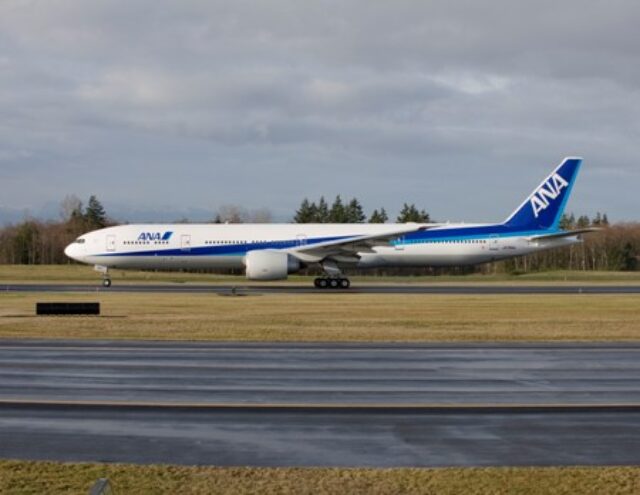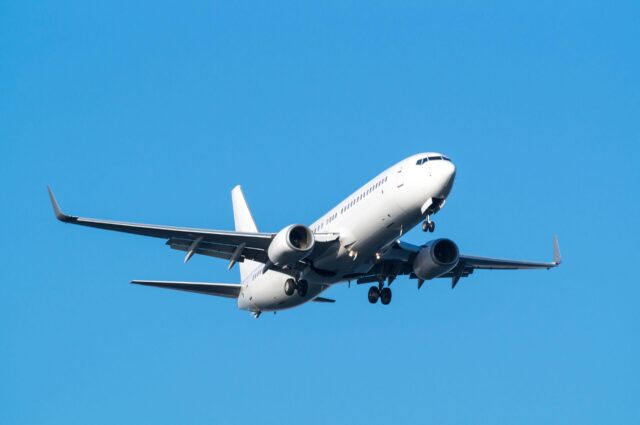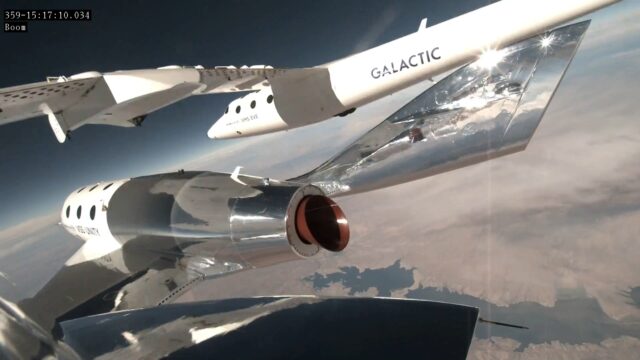ESA initiates Moonlight programme
October 16, 2024

The European Space Agency (ESA) has officially commenced its Moonlight programme, aiming to establish Europe’s first ever dedicated satellite constellation for telecommunication and navigation services for the Moon.
Established in conjunction with ESA and an industry consortium led by space systems developer Telespazio, with support from the UK and Italian Space Agencies, the Moonlight programme will see a constellation of five lunar satellites connect to Earth via three dedicated ground stations.
These will help enable precise, autonomous landings and surface mobility, while facilitating high-speed, low-latency data transfer between the Earth and the Moon: something ESA describes as “essential for humanity’s return to and long-term presence on the Moon while enhancing efficiency and significantly reducing operational and user costs”.
The first step in the programme is the deployment of Lunar Pathfinder, a communications relay satellite manufactured by Surrey Satellite Technology, which is set to begin operations in 2026 and serve as a precursor to the full LCNS constellation. Moonlight services will be gradually deployed in the subsequent years, with initial operations by the end of 2028 ramping up to full operations by 2030.
“This year saw the first commercial soft landing on the moon and we expect there to be hundreds of new lunar missions launching over the next decade alone,” explained Dr Paul Bate, chief executive of the UK Space Agency. “The growth of a commercial lunar economy can bring real benefits back to earth and, as one of the two leading international investors in Moonlight alongside Italy, the UK is a strong supporter of the programme”.
Alongside other programmes, Moonlight will also contribute to a multi-planetary future by supporting the testing of instruments and facilities in lunar conditions, with ESA already taking early steps towards a Mars Communication and Navigation Infrastructure programme (leveraging the technologies and experiences gained from Moonlight).
















